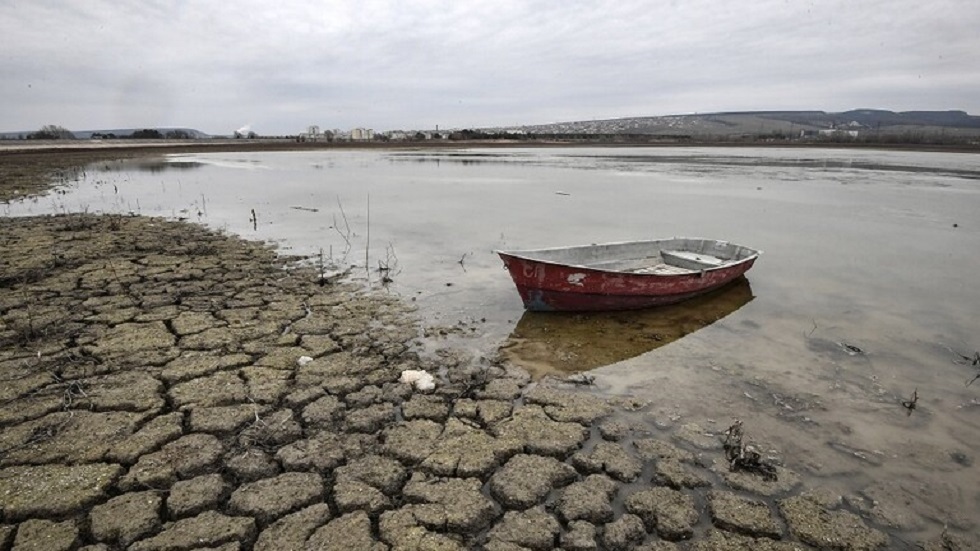Drought Hits Europe and the Mediterranean.. Record Heat Waves Complicate the Crisis

An analysis of data from the European Drought Observatory revealed that more than half of Europe and the Mediterranean region is experiencing drought for the fourth consecutive time since April, with the percentage reaching 52% in July, the highest since records began in 2012.
The data, conducted by the "France Press" agency based on the drought index issued by the Copernicus European Programme Observatory, shows that the current percentage is 21 points higher than the average recorded between 2012 and 2021, with record levels continuing to be recorded every month since January.
Eastern European countries and the Balkan region top the list of the most affected areas, witnessing a sharp increase in land areas reaching "alert" status in July compared to the previous month. In Hungary, the percentage jumped from 9% to 56%, in Kosovo from 6% to 43%, while in Bosnia and Herzegovina it rose from 1% to 23%.
The crisis has been exacerbated by unprecedented heat waves and the spread of wildfires, including those caused by illegal landfills, which release smoke and toxic gases.
In the Eastern Mediterranean, Turkey is experiencing a drought affecting more than 60% of its territory monthly since March, contributing to widespread fires, including last Friday's fires in the west of the country, which led to the evacuation of three villages and disrupted navigation in the Dardanelles Strait.
France recorded a significant increase in the percentage of drought-affected land from 44% in June to 68% in July, amid a second heat wave this summer, and the outbreak of one of the largest fires in its history in the southern Aude department, which consumed 13,000 hectares.
In contrast, the United Kingdom saw a relative improvement, although two-thirds of its territory still suffers from water shortages. Spain and Portugal recorded low drought rates of 7% and 5% respectively, putting them in a better position compared to their neighbors.
It is worth noting that the European Drought Index relies on three main criteria: precipitation, soil moisture, and vegetation status, and classifies drought into three levels: "Monitoring", "Warning", and "Alert".